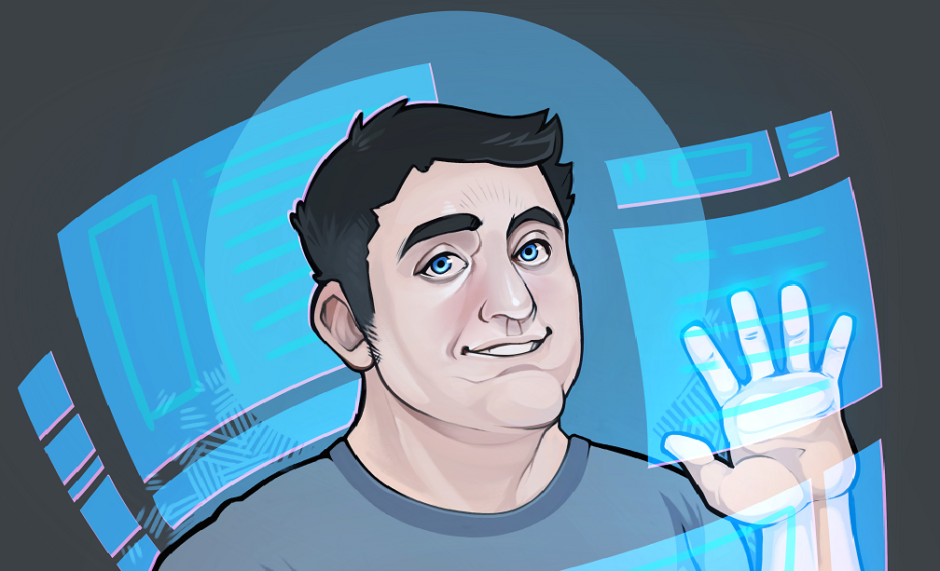Way back at the July 2002 OpenGL ARB meeting Microsoft made an amazing statement – that it has “possible claims” on IP related to vertex and pixel shader programming. Essentially Microsoft claimed they have patent rights relating to the ARB_vertex_program and possible pixel (“fragment” in OpenGL) shader programming. There was some mention of Microsoft offering “reasonable and nondiscriminatory” terms for the license. The exact nature of these claims is unclear, and Microsoft hasn’t cleared them up. They’ve acquired intellectual property from SGI, NVIDIA, ATI Technologies, Intel and others, according to industry observers. “They’ve just been picking it up everywhere,” said Jon Peddie, head of consulting firm Jon Peddie Research. “They have a huge library of intellectual property.”
At that ARB meeting Microsoft’s Dave Aronson hinted that it would prefer an alternative licensing arrangement, and suggested that “other bodies have licensing terms that are more effective in a corporate sense, and we should look at adopting some of those terms.” Hmmm. Now Microsoft has gone and resigned from the ARB. Could this be a precursor to some sort of legal action? If so against whom? Certainly not against the 3D video card manufacturers. (Not if they’re smart). Microsoft has made nice with the chip companies and the result has been stupendous (at least from a programmer’s standpoint). If this stuff makes it out to the consumer level we’ll really see some spectacular effects in the next few years. DirectX 9 and 10 show that Microsoft is learning to talk, listen, and work with the chip and gaming companies. It could possibly be a way for Microsoft to get some cash from those pesky “other” game consoles. A little slice of $US10.3 billion (US interactive entertainment sales in 2002) goes a long way. Time will tell.
We do note that Microsoft does have an open req. for an OpenGL kernel engineer, so it seems that they are interested in some development with OpenGL.
